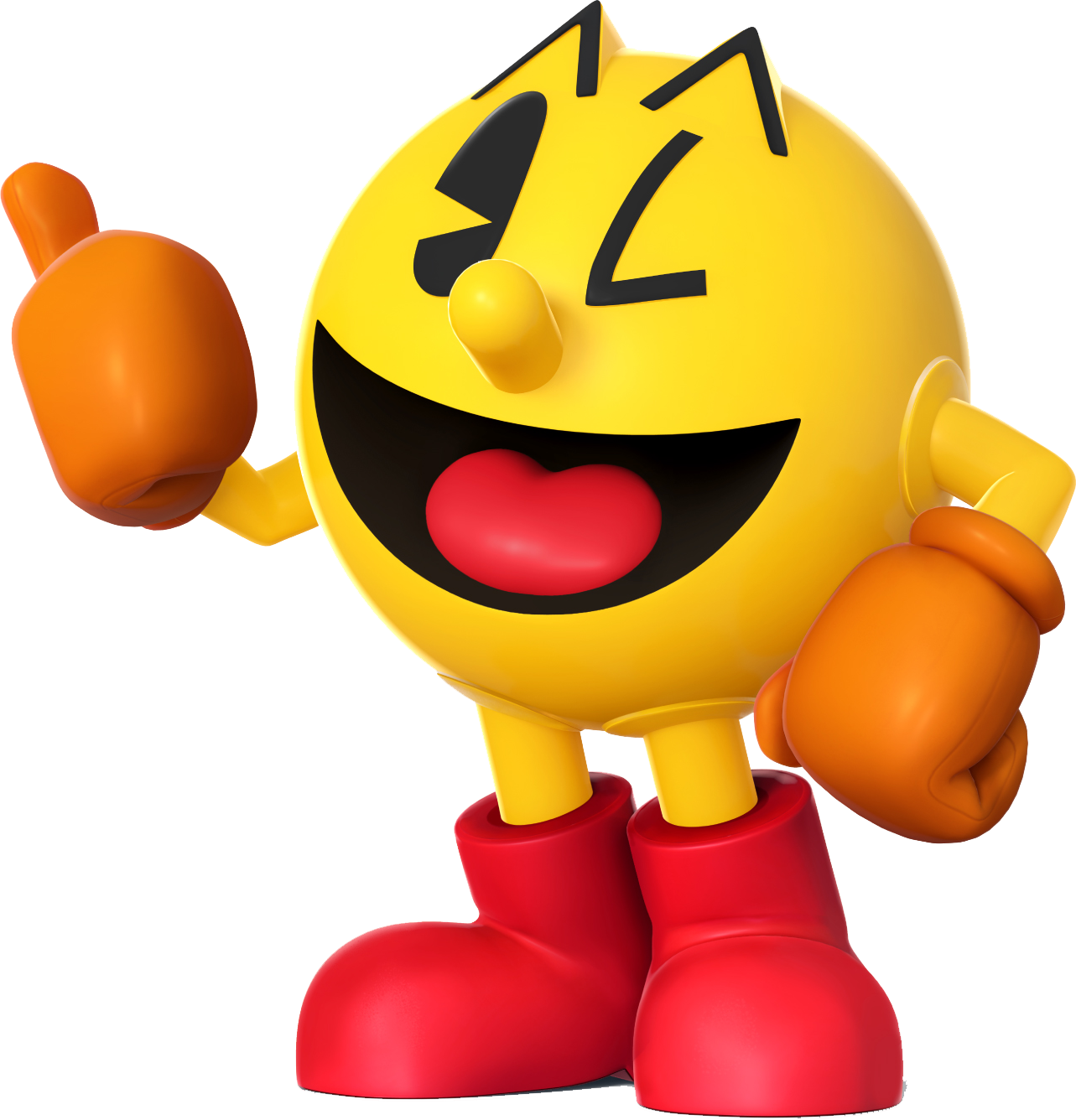
The story of the video game company
One of the front-runner during the golden age of arcade video games was certainly Namco.
Founded in 1955 by Masaya Nakamura1, this company was formerly named Nakamura Manufacturing and used to sell children’s rides in Tokyo, Japan.
Three years later, as this company was expanding, it took the name that will soon become unforgettable during the following decades: Namco (Nakamura Amusement machine Manufacturing COmpany).
In 1974 Namco, after a fight against Sega, managed to bought Atari Japan, that in that period was facing a heavy financial issue, for $800,000. This way Namco had access to the arcade world. Soon, two subsidiaries "Namco Enterprises Asia Ltd, Hong Kong" and "Namco America Inc., California" were opened.
Another important step was done during 1985, after the video game crash, Atari had been split into two corporate entities: Atari Corporation, which took over the home computer and console hardware business; and Atari Games, which retained the arcade game business. Namco America acquired a controlling interest in Atari Games for $10 million.
The most famous games
The first game released by Namco was Gee Bee, the first real success was Galaxian.
After the publication of the well known Pac-Man, Namco did not stop to amaze their customers establishing new records: Pac-Land was one the first scrolling platform continued Namco's success in establishing iconic franchises during the Golden Age.
Other innovations were: Dragon Buster that was the first game with the energy bar and Final Lap the first multi-cabinet multi-player game.
Gee Bee
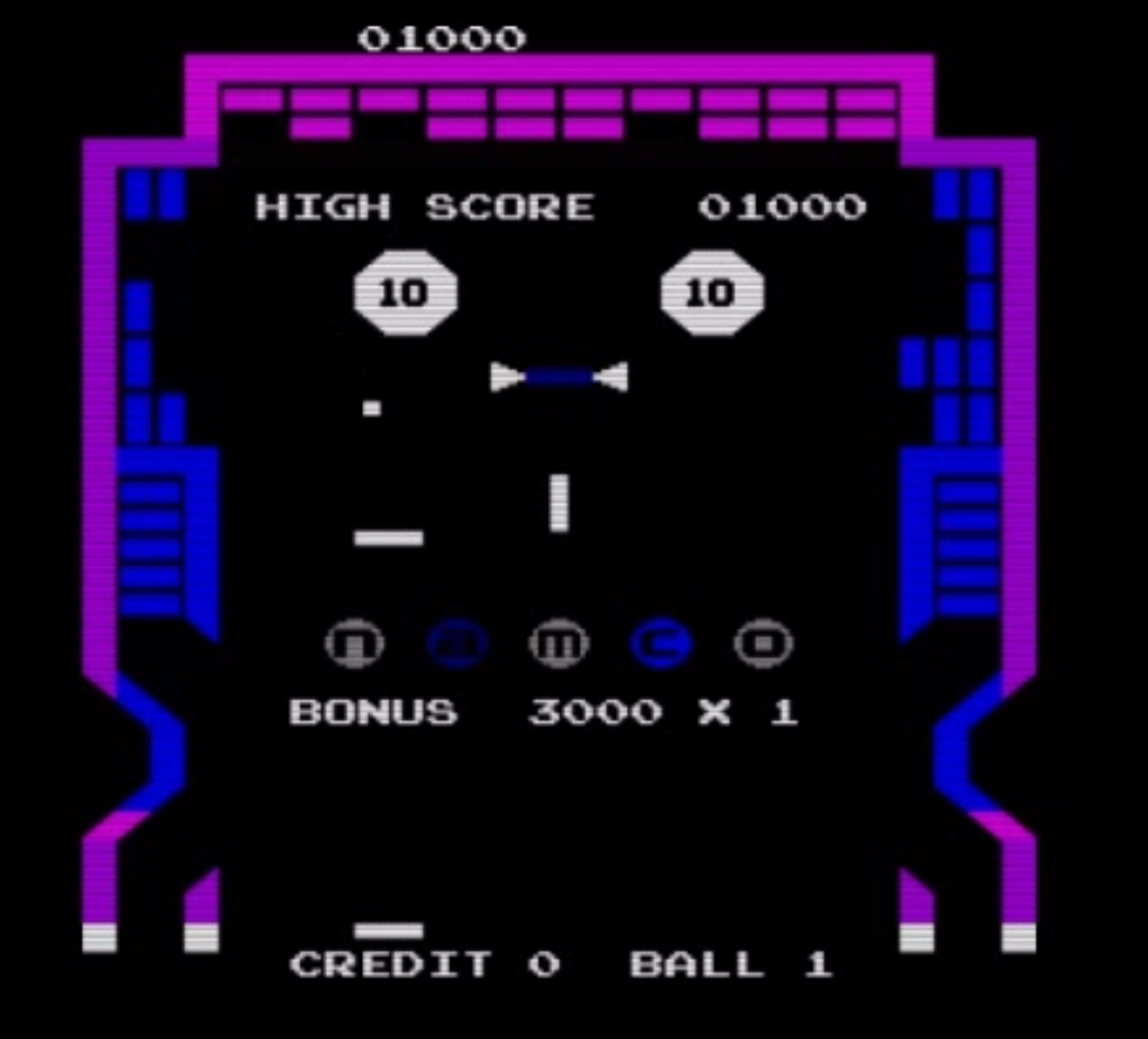
Released in 1978, this game is a mixture between Breakout (by Atari) and Flipper.
The goal of the game is to keep the ball from falling off the bottom of the screen for as long as possible; the player bounces a ball into blocks and tries to get the highest score possible .
Galaxian
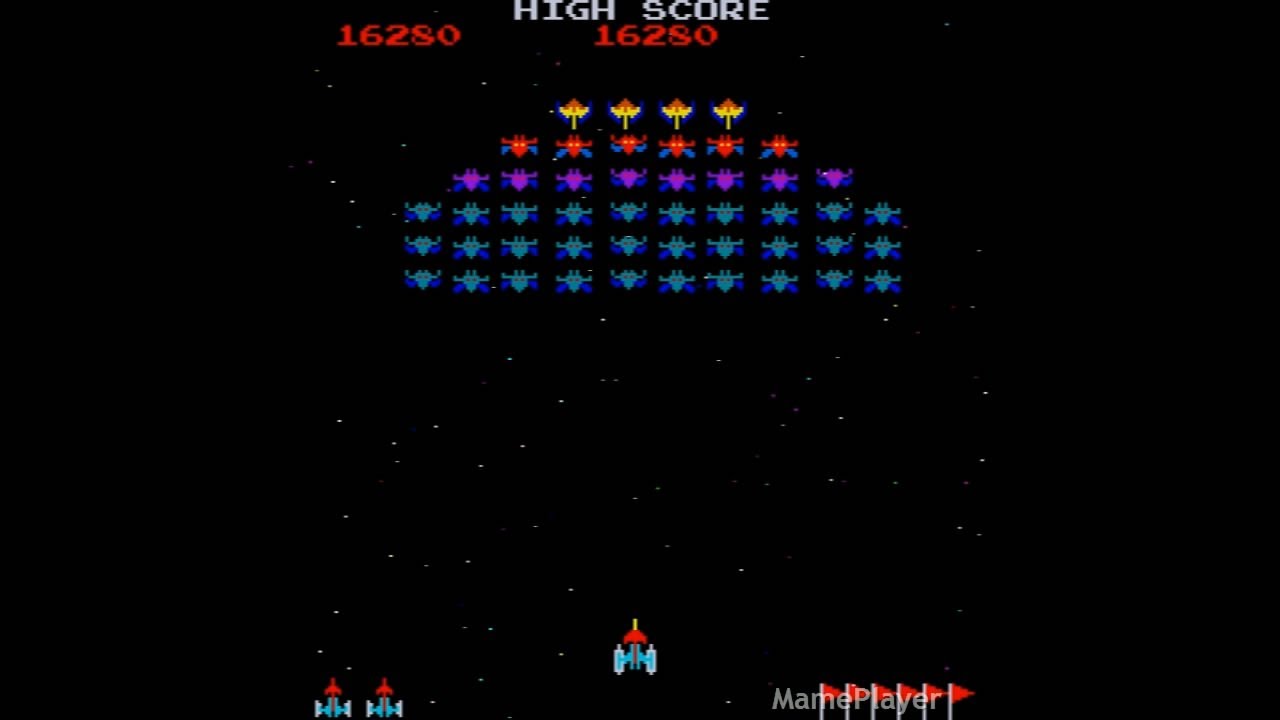
Released in 1979, is a fixed shooter game similar to Space Invaders by Taito, that was the first video game that used RGB2 color graphics.
The player controls a spaceship at the bottom of the screen, and shoot enemies descending in various directions.
Pac-Man
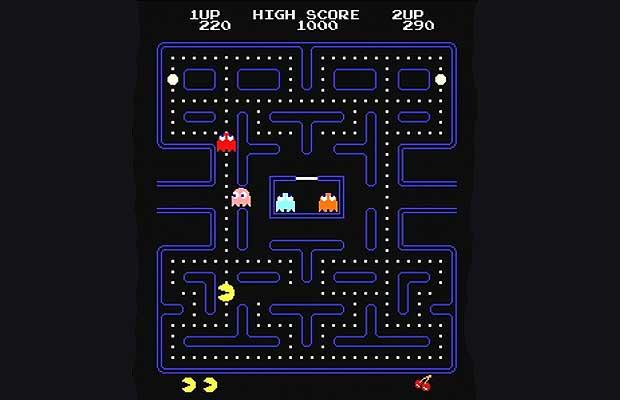
Released in 1980, is an arcade game. The shape of Pac-Man was inspired by a pizza one night of the 1978, no one could have imagined that, fourteen months later this game would be published, becoming the one of the most important arcade game of the World.
The purpose of the game is to make Pac-Man eats all the pills without being caught by one of the four ghosts.
This game was considered "too nice to become popular", thinks proves that this consideration was absolutely wrong!
Pac-Man is regarded as the most famous game by Namco, nowadays the little yellow character is still recognised as the mascot of the Japanese company.
Dig-Dug
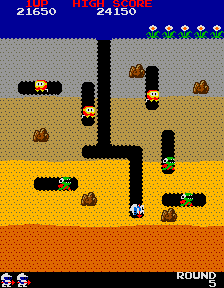
Released in 1982, is a very popular arcade game. The protagonist of the game is Dig Dug and he has to eliminate underground monsters either inflating them with air or dropping rocks on them. The enemies are called Pookas that are red and Fygars that are green dragons able to breathe fire.
The whole world is destructible by Dig Dug and he has to avoid to be killed by both Pookas or Fygars.
An important particular of this game is the soundtrack: the music, in fact, stops when the player stops moving.
Pac-Land
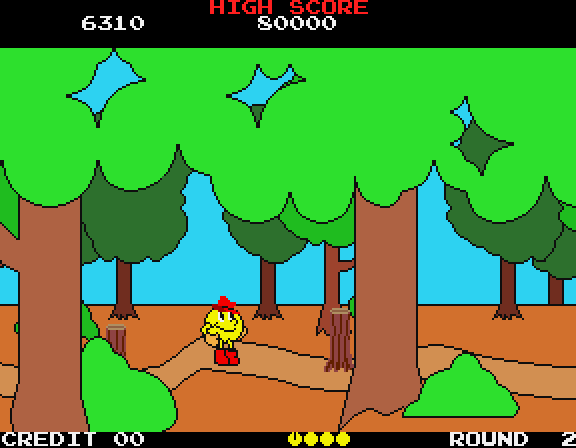
Released in 1984, was one of the first scrolling platform. As the name suggests, this game was inspired by the original Pac-Man but now he has eyes, arms and legs in order to explore 8 different worlds facing different kinds of enemies and obstacles. He is equipped with magic boots that allow him to do high jumps; Pac-Man has to avoid the yet known ghosts that will try to stop him with different kinds of obstacles.
Dragon Buster
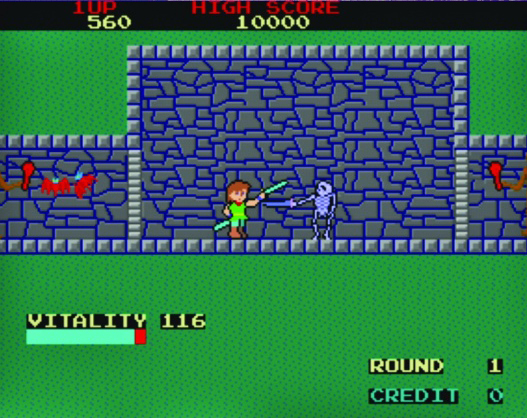
Released in 1985, is a platform dungeon crawl action role-playing arcade game that works on vertical scrolling.
The main character, Clovis, has to rescue his beloved princess that is contrained inside a Castle, defeating his enemies with sword swing or with magic spells.
In this game was for the first time introduced the energy bar.
Final Lap
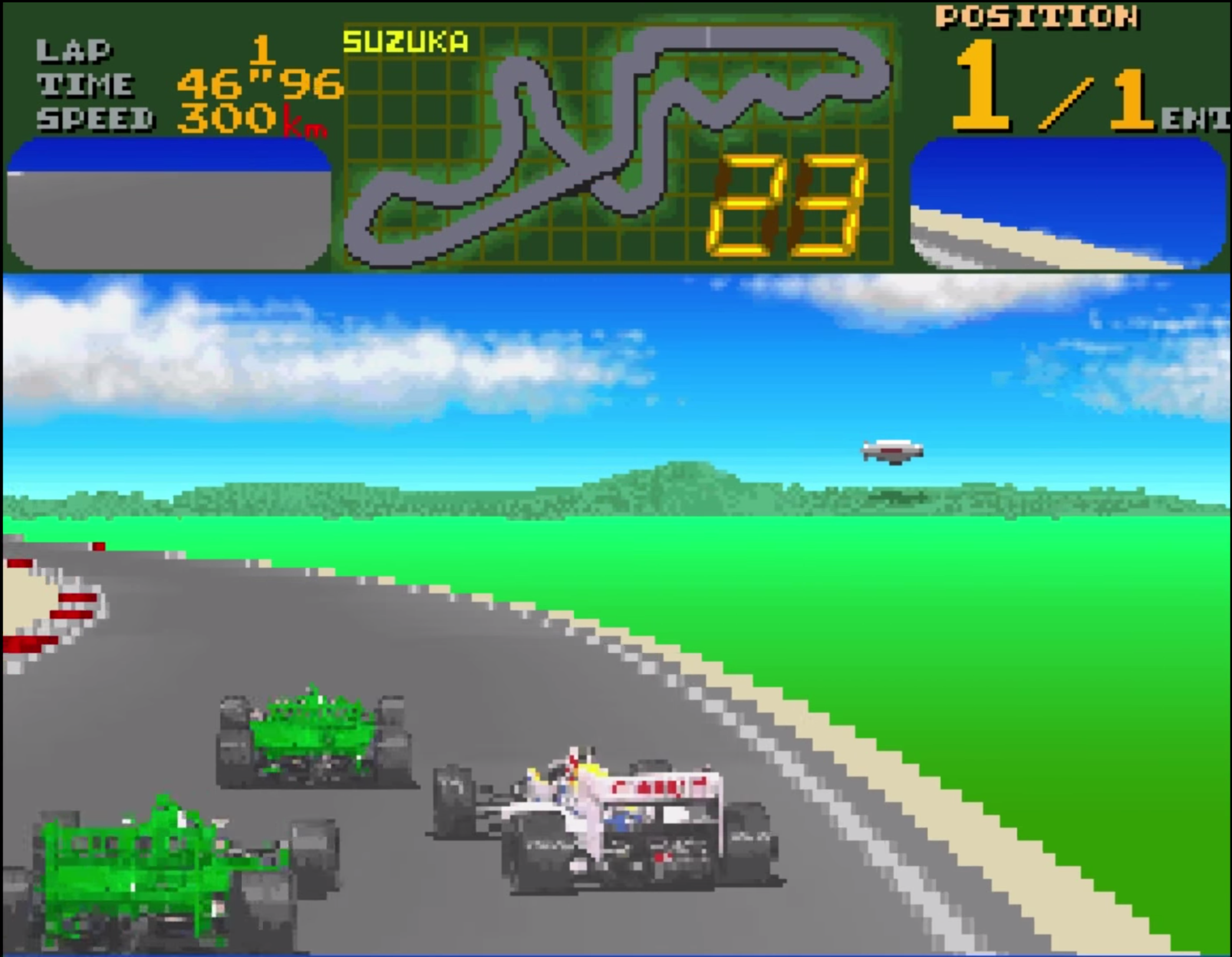
Released in 1987, is a racing video game.It is the first racing game to allow up to eight players to simultaneously3 race on the Suzuka Circuit, in a Formula One race.
This was, at the time, considered a revolutionary feature and was implemented by linking together up to four two-player sitdown-style arcade cabinets.
External Links
- Masaya Nakamura
- RGB Color Graphics
- Multiplayer Technology
- [Visited on 01/11/14] Namco's logo
- [Visited on 01/11/14] Pac-Man
- All the images are Non-free game screenshots used on fair-use
